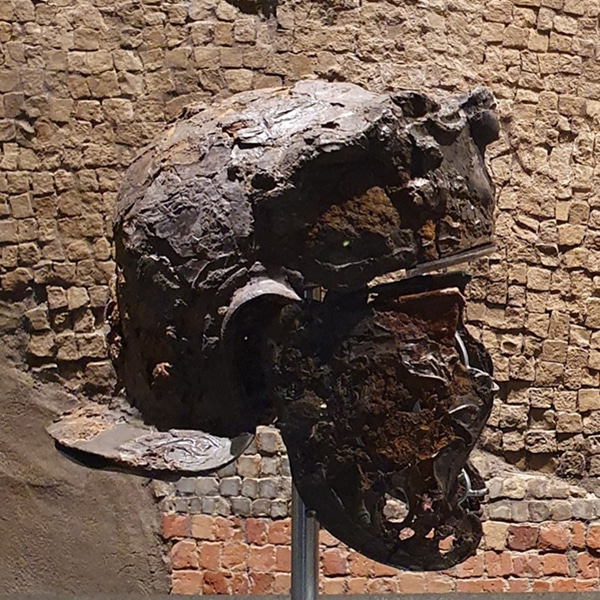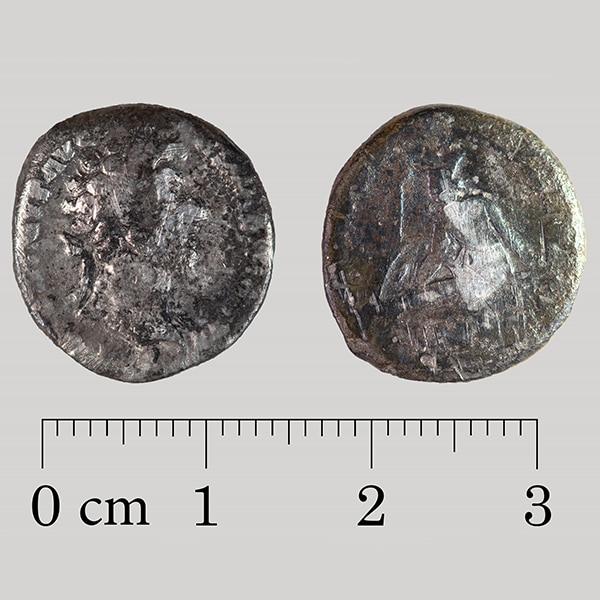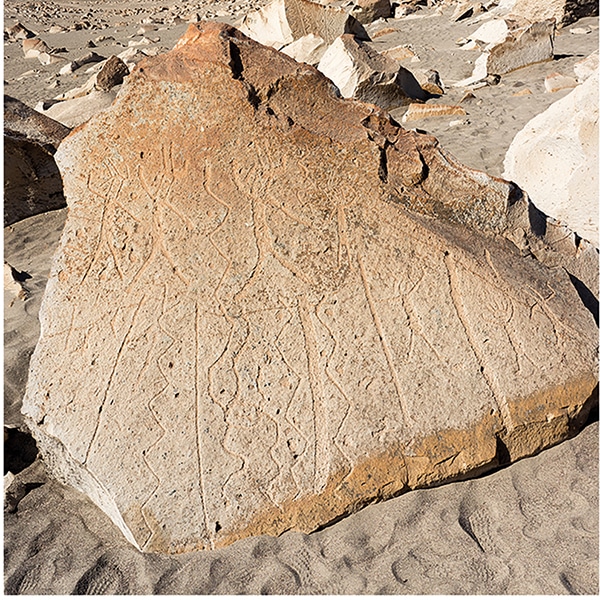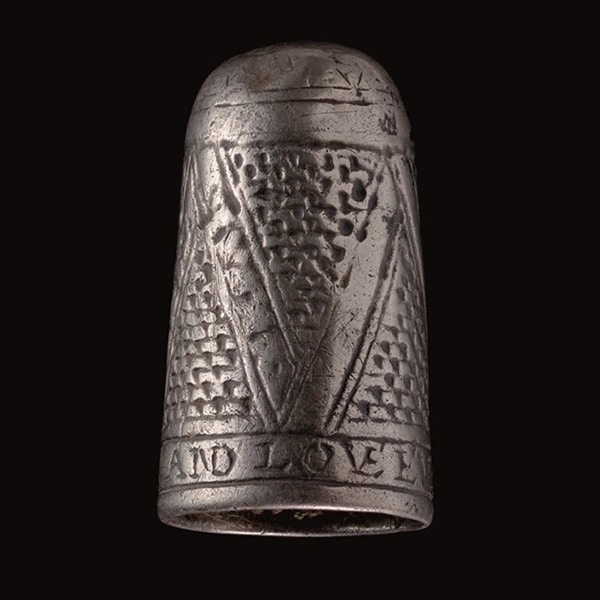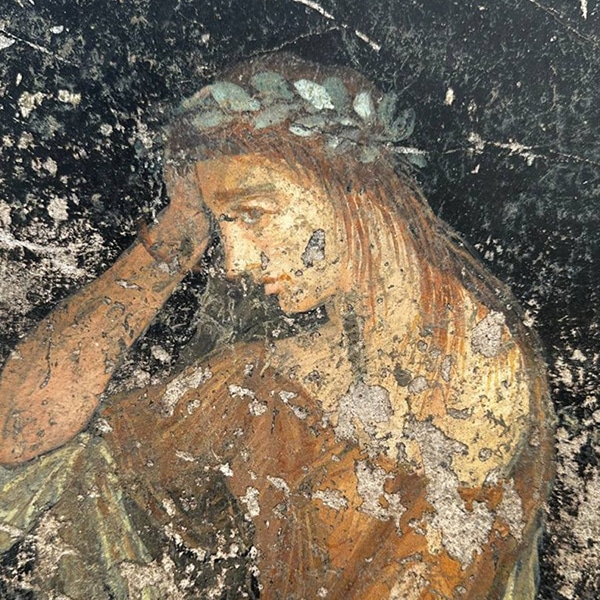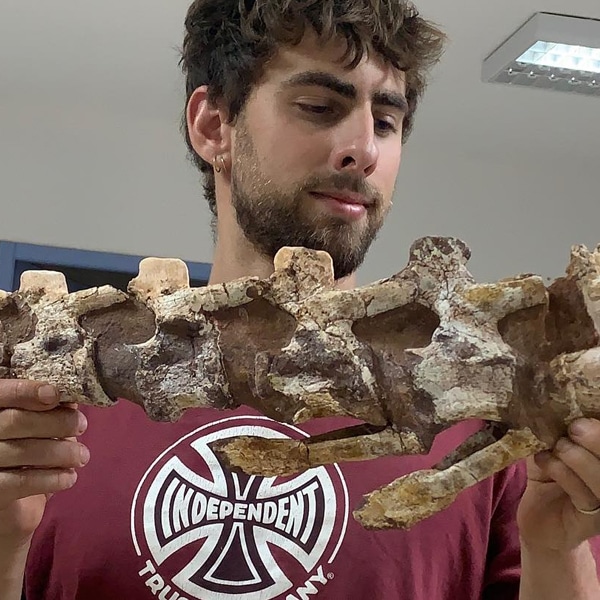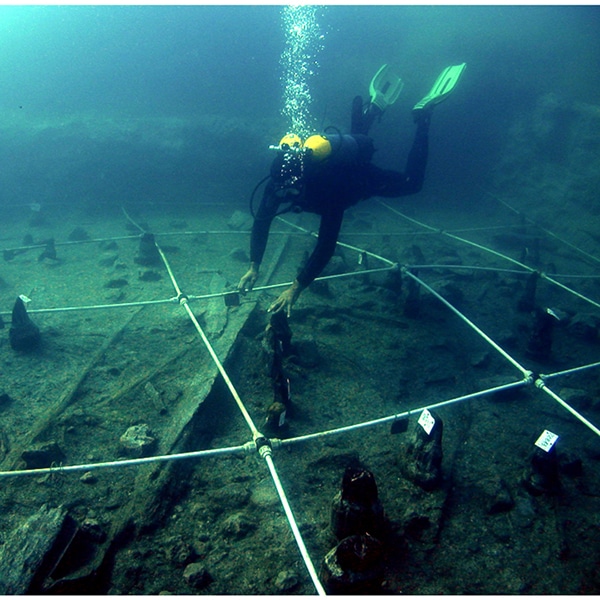In the 8th century BCE the Greeks colonized Sicily and even today this heritage can be seen in the incredible ancient ruins that cover the island. Now, one towering statue returns to glory as it takes position at Agrigento's Valley of the Temples Park. After 20 years of research and restoration, a 26-foot telamon—or atlas—has been raised up on the site of the Temple of Olympian Zeus.
While never completed, this temple was the largest Doric temple ever constructed. Telamons, giant figures that act as the male equivalent of a caryatid, were sandwiched between the columns with their arms upright as though they were holding up the building. Also called atlases or atlantids, these incredible figures crumbled with the rest of the building after a series of earthquakes and other disasters.
In 1812, a British architect named Charles Robert Cockerell discovered the heads of one of the atlases lying at the site. Since then, many fragments have been discovered, but reconstruction of these statues was never attempted until 2004. At that point, archeologists began actively sweeping the sites for pieces of the sculptures and cataloged over 90 fragments.

Reconstruction of the Temple of Olympian Zeus, Archeological Museum of Agrigento (Photo: poudou99 via Wikimedia Commons, CC BY-SA 3.0)
These fragments belonged to eight different telamons. Two-thirds of one telamon's pieces were uncovered and formed the basis for the titan that was raised up. Archaeologists attached the fragments to a 39-foot-tall board, with each piece sitting on a metal shelf. Modern reconstructions replace the missing pieces and are easily identifiable due to their different texture.
While the move to assemble and display the atlas was criticized by some archeologists, who felt that it was in poor taste, officials in Sicily have a different mindset.
“The work we have carried out on the atlas and the Olympian area is part of our mission to protect and enhance the Valley of the Temples,” said regional cultural assessor Francesco Paolo Scarpinato. “Bringing these stone colossi back to light has always been one of our primary objectives.”
h/t: [Smithsonian Magazine]
Related Articles:
10 Facts About the Parthenon, the Icon of Ancient Greece
Pope Francis to Return 2,500-Year-Old Parthenon Sculptures Back to Greece
Students Use AI To Decipher Words of Ancient Scroll Burned by Mount Vesuvius
This Ancient Palace on the Island of Crete Has the Oldest Throne Room in Europe















































































